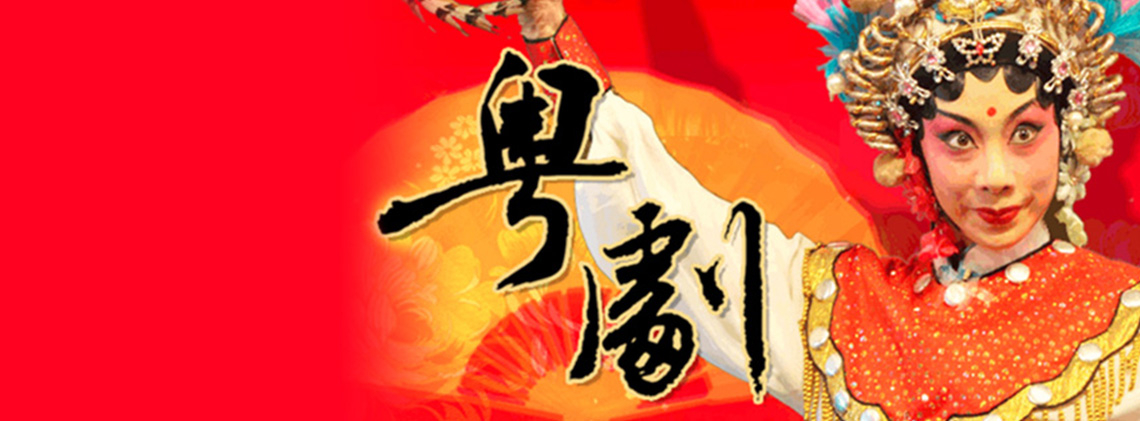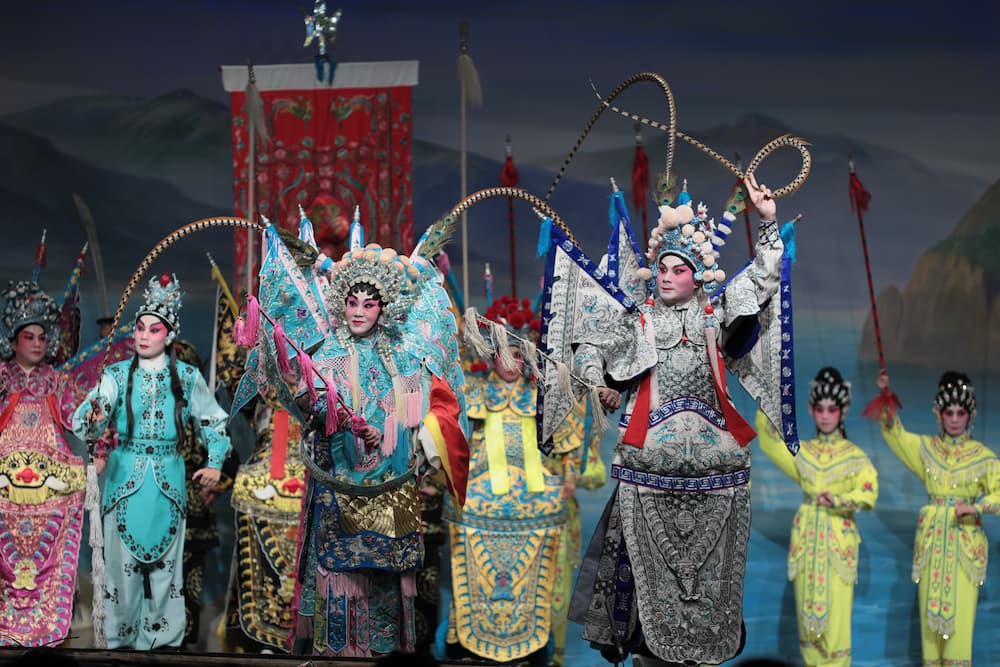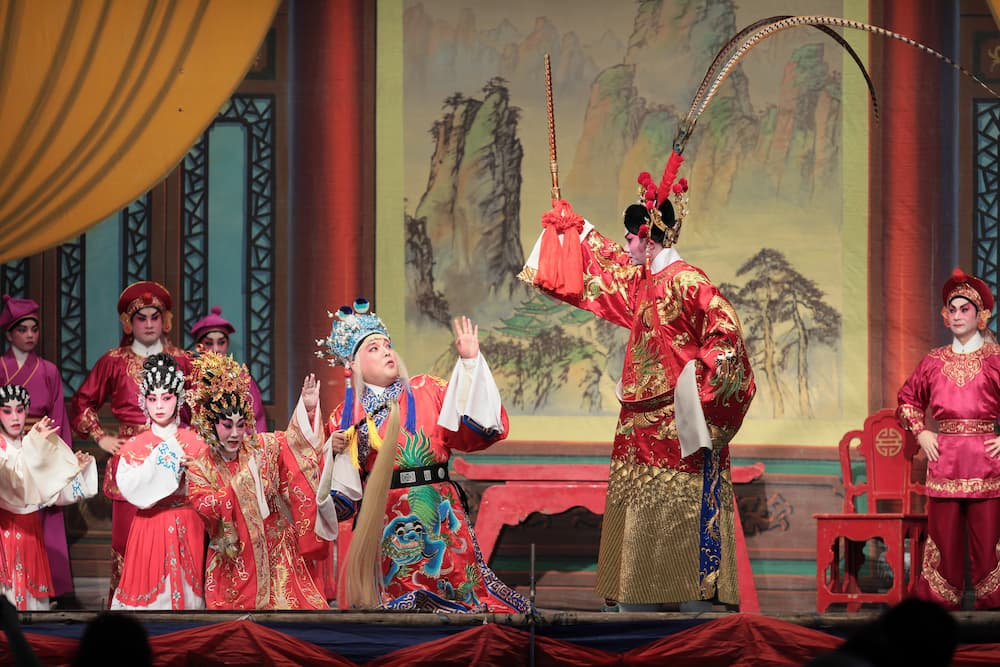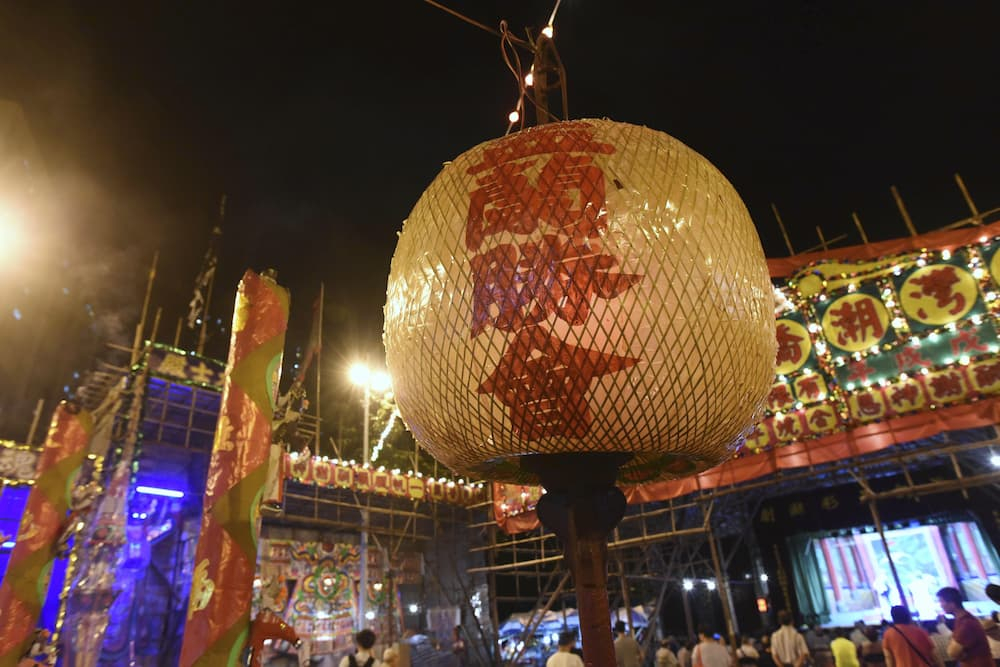
Cantonese Opera
Splendid
Chi Culture
Topic
Cantonese Opera
Cantonese opera, with a nearly 300-year history, is one type of traditional Chinese opera. In 2009, it was inscribed on the Representative List of the Intangible Cultural Heritage of Humanity by the United Nations Educational, Scientific and Cultural Organization.
Using the various arts of singing, acting, chanting, and martial arts, among others, Cantonese opera tells a story. Its magnificent vocal music has the unique charm of being lyrically expressive and beautiful. Both performance and story show the distinctive regional characteristics of Lingnan, the old name for the area encompassing Guangdong and Guangxi. The performances have a fiery warmth, and poignancy, and the passionate and carefree singing has an artistic appeal. There are explosive and intense scenes of southern style martial arts that show off the actors’ martial posture. The sheng (male role) and the dan (female role) have plaintive and touching roles that thoroughly demonstrate their vocal artistry.
Cantonese opera carries on the long tradition of Chinese dramatic arts and over the last century has seen a fair amount of development. Prior to and during the 1930s, the basic performance language took shape—though some Mandarin remained, Cantonese became the primary language used for song and speech in the operas.
In terms of performance, early Cantonese opera was characterized by a rough and plain style. Many actors mastered such skills as landing on one leg after a sudden jump, somersaulting, rope sliding, stilt walking, hair-flinging, and the wearing of false whiskers. Later, singing and dancing became the norm in Cantonese opera, and this improved its expressive power and enjoyment qualities. Also, interaction with other genres of opera required that the performers become skillful at singing, gesticulating, speaking, performing martial arts, and dancing.
Before the early 1900s, men dominated Cantonese opera troupes. All-female troupes did not emerge in Guangzhou until 1919. In 1933, the prohibition preventing males and females from acting together in the same troupe came to an end in Hong Kong. The troupes of Ma Si Tsang (Ma Shizeng) and Sit Kok Sin (Xue Juexian) made history with their mixed gender performances.
The performance of Cantonese opera mainly served religious belief. The performance of “divine miracle operas” (religious operas celebrating traditional festivals and the feast days of gods) directly reflects its religious function. Performances of this kind of opera are seldom found now in the Pearl River Delta region; they have been replaced by the “spring operas” (the annual opera) and “autumn operas” (these are performed during the Mid-Autumn festival). The traditional “divine miracle opera” can still be found in southern Fujian, rural areas in modern Zhanjiang, Dianbai, Wuchuan, as well as in Hong Kong and Macau.
Though Cantonese opera emerged and thrived mainly in the Guangdong region, it is popular all over the world. Apart from Guangdong—its hub, it is also popular in Guangxi. In Hong Kong and Macau, Cantonese opera thrives, and the large troupes that form one after another are operated along business models. In addition, wherever there are communities of overseas Chinese, there is Cantonese opera. This shows the cultural link Cantonese opera plays in the transmission of China’s traditional culture and history.
Research institutes have been established to protect the traditional art of Cantonese opera. One example is the Guangdong Province Research Group for the Traditional Arts of Cantonese Opera, which was co-founded by the Guangdong branch of the Chinese Opera Association and the Cultural Affairs Bureau of Guangdong in 1961. Also, the Guangzhou Zhenxing Cantonese Opera Fund has energetically supported and financed the creation and performance of a new repertoire of Cantonese operas. The Opera Research Laboratory, an affiliate of the Guangzhou Institute of Literary and Artistic Creation, has been devoted to the theory and critique of Cantonese opera for many years.
Training future generations of performers is also an important part of preserving the art’s legacy. To ensure its future, schools for Cantonese opera (among which are the Guangdong Cantonese Opera School and the Guangzhou Art School) were founded. Cantonese Opera youth troupes such as Foshan Youth Cantonese Opera Troupe and Zhanjiang Little Peacock Cantonese Opera Troupe have earned recognition.







